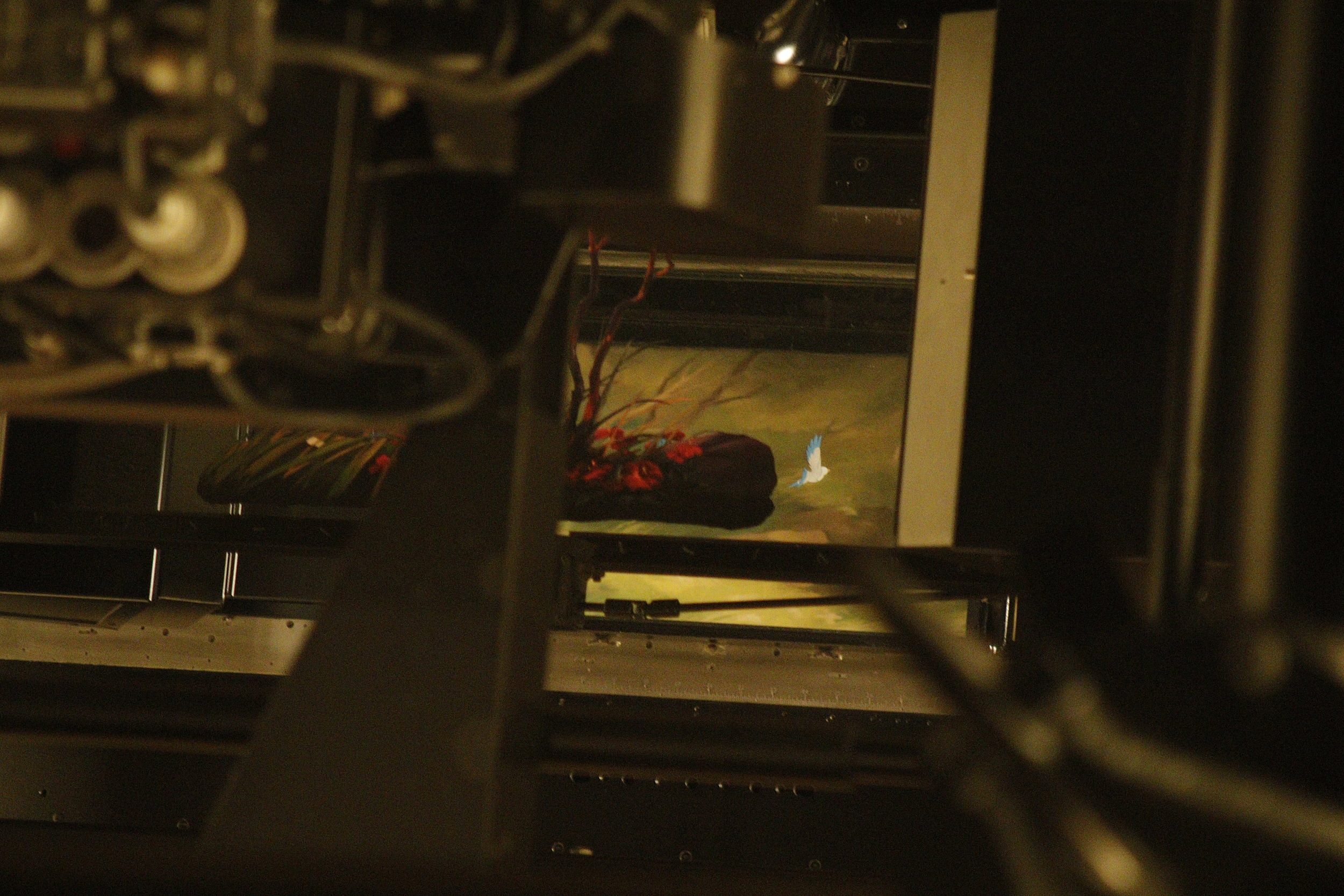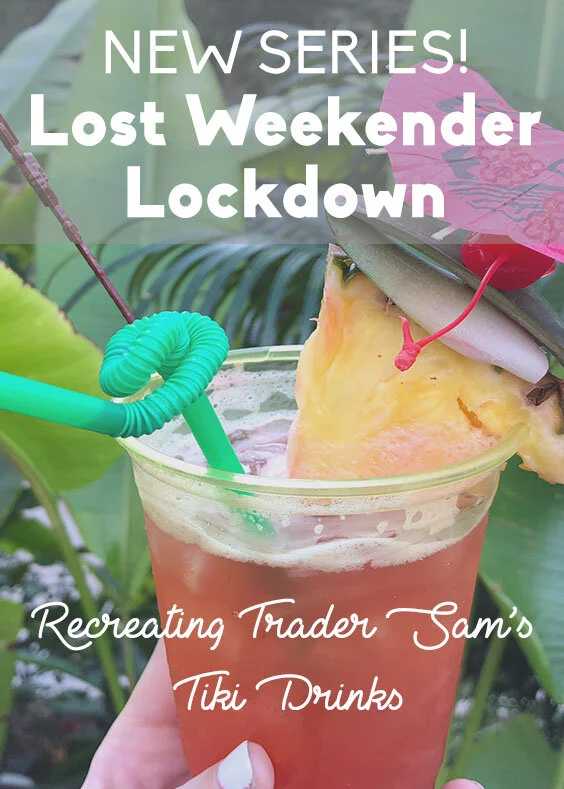Walt Disney grew up in Chicago with one of his many passions being art and illustration. In his work , he was adventurous, adding synchronized sound, exclusive rights to Technicolor, the invention of the multi-plane camera, and creation of feature length cartoons like Snow White.
After the war, Walt and his family moved and started planning for the construction of a backyard railroad. This along with trips to Tivoli Gardens in Copenhagen and Children's Fairyland got Walt excited to build a theme park that could be enjoyed by the young and old alike.
Sidebar: Having been to Disneyland so much and other theme parks so little, it wasn't until I heard stories from family members and friends about visiting much smaller local theme parks that had many rides, over 75%, that the parents couldn't fit with their kids. Blows my mind.
View through a multi-plane camera at the Walt Disney Family Museum
One day in 1953 Walt was meeting with an art director, Dick Irvine, at Walt Disney Studios in Burbank. Walt called one of Dick's old co-workers, Herb Ryman and asked him to come to the studio. In all that I've read, Walt spoke with such certainty to these two, non-employees, that they were going to design a theme park as Walt's brother Roy had a trip planned less than one week later to pitch businessmen and get funding and Roy needed a set of plans. Neither Dick or Herb had any prior conversation with Walt about the park, its location or any elements about it at all and were caught by complete surprise that he would be asking this of them.
Like any sane individual, they denied his request to jump off the deep end on such a whim. Not wanting to be humiliated by being coerced to design a failure of an investment or ruin any possibility of future design and illustration work that may present them. But somehow, Walt persuaded them to make it happen. With Walt being a master storyteller, he painted the picture of each street, land and attraction with words that Herb drew to life. Over the next two or so days, Walt and Herb stretched their imagination and engineering knowhow to create a cartoon-like rendition of what would open July 17 1955.













Welcome to Lost Weekender Lockdown! Where Kat and I make fools of ourselves trying to recreate Trader Sam’s Drinks so we can feel something close to magic or happiness again. We started with a recipe for Gorilla Grogg, which is a base used in a few different Trader Sam’s drinks like the Uh Oa or Lost Safari.